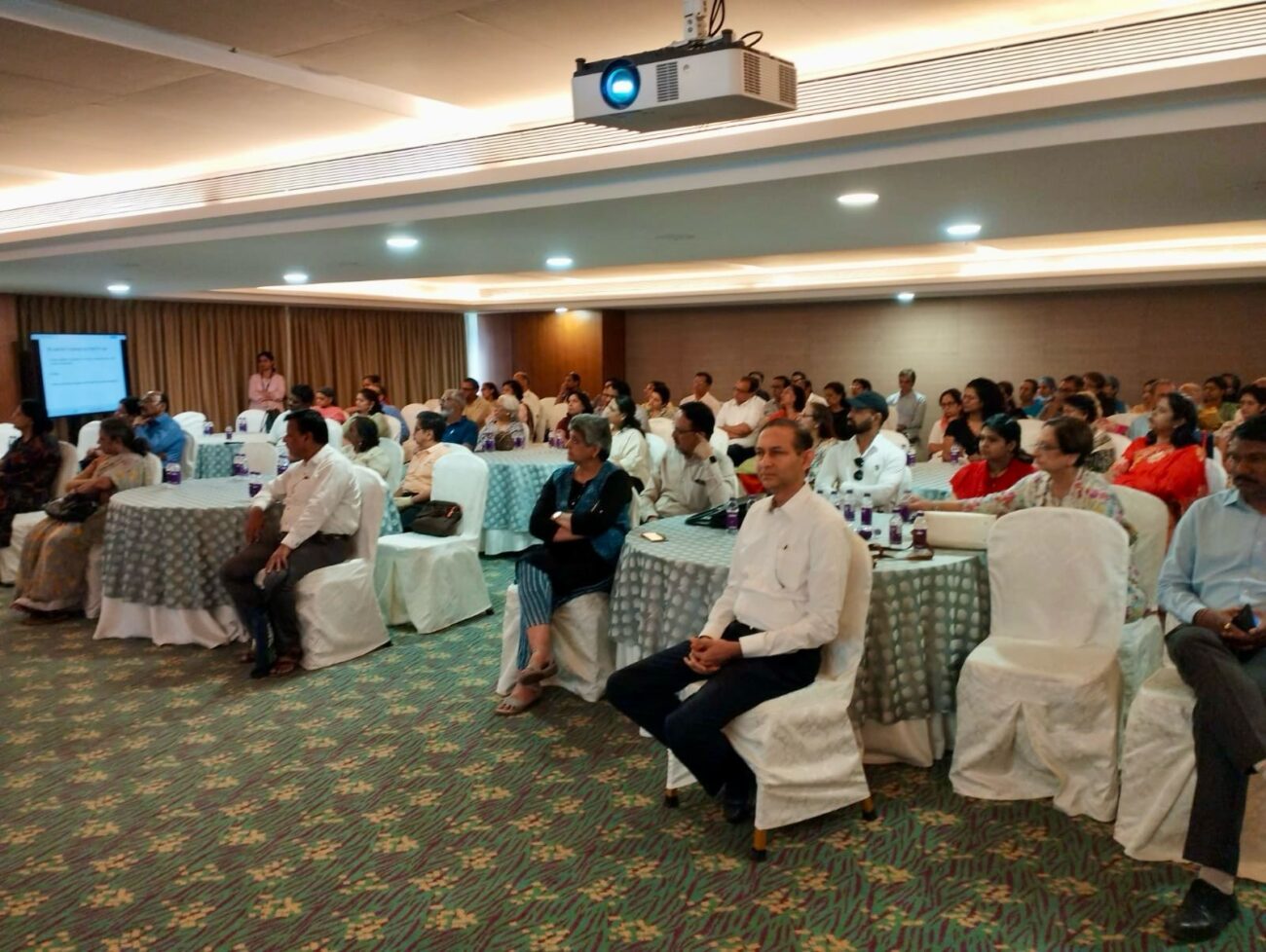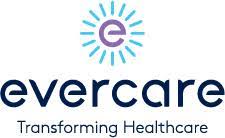MVT Gravitates towards Asia: Advantage India !!
Medical tourism can be defined as the process of traveling outside the country of residence for the purpose of receiving medical care. Medical tourism is gradually transitioning towards medical value travel that also includes capturing a patient’s
Medical tourism can be defined as the process of traveling outside the country of residence for the purpose of receiving medical care. Medical tourism is gradually transitioning towards medical value travel that also includes capturing a patient’s healthcare-seeking behaviour as well as the wider economic impact on the countries hosting them.It is estimated that 11 million people travel annually to seek medical care out of their country, which is around 1 per cent of the global tourist volume. It is also estimated that medical tourism growth going to be double as per the recent studies.
The top medical tourism destinations in world include Thailand, Singapore, Mexico, Malaysia, USA, Brazil, Turkey, South Korea, UAE, Taiwan, Costa Rica and India. Over the past few years, India has grown to become a sought-after destination for medical tourists. There has been incremental impact in MVT ever since Indian hospitals have started opting for healthcare accreditation like JCI and NABH. After getting accreditation, hospitals have also started aggressively & strategically marketing them / their services on international platform and patients from target foreigner countries have also responded well to marketing/awareness drive of Indian hospitals. Today, India is among top 10 medical tourism destinations in the world. India too has been a historical medical tourism destination since many years, visited by a constant stream of health travellers seeking to heal themselves through its ancient traditional treatment methods such as Ayurveda, Yoga, Unani, Siddha and Homeopathy (AYUSH) which are now widely accepted as alternative treatment procedures in the entire world.
In past few years India has become a favourite medical tourism destination and attracts a large number of patients every year. The USPs that has made India one of the preferred medical tourism destinations are listed as:
- Lower cost of treatment
- Good quality treatment
- Hospitals equipped with latest healthcare technologies
- Skilled doctors and world renowned medical educational institutions
- Good clinical outcome
- Good infrastructure and facilities
- Gradually increasing number of NABH / JCI accredited hospitals
- No waiting lists for patients
- Good Patient care
- Availability of alternative treatments like Ayurveda, Unani, Naturopathy, Yoga etc
- Low cost of living for attendants of patients
- Support by facilitators
- Rich cultural heritage
- Protected consumer /patient rights
India is currently well positioned on two prerequisites of MVT namely cost effectiveness and best clinical outcome but lags behind in tourist friendliness. Recently, to encourage applications and ease the travel process for medical tourists, the Government of India has also expanded its e-tourism VISA regime to include medical visas. The maximum duration of stay under this visa is 6 months.
Considering the vast potential and high growth rate of medical tourism, the National Accreditation Board for Hospitals & Healthcare Providers (NABH) issued new standards for the accreditation of medical tourism agents to streamlining and upgrading the quality of medical tourism in 2016. Till today, 17 medical travel facilitators are accredited by NABH in India and many more are in pipeline. NABH accreditation has given a boost to the accredited medical facilitators to ensure patient safety and organising medical care in building a faith of patients in medical travel facilitators and stopping any unetical practices carried by facilitators. India has 39 JCI accredited hospitals and 644 NABH accredited hospitals, till today. These hospitals constantly keep upgrading their quality care. However, for a patient traveling to India, it is important to find the optimal doctor-hospital combination. After the patient has been treated, the patient has the option of either recuperating in the hospital or at a paid accommodation nearby. Many hospitals now these days also giving the option of continuum of care through telemedicine.
The top 10 source countries of India for patients are Bangladesh, Uzbekistan, Afganistan, Oman, Maldives, Iraq, Yemen, Tanzania, Nigeria and Kenya. Few studies have shown that medical travellers seek treatments in India, largely related to cardiology and heart surgeries, orthopaedics, transplant surgeries, ophthalmology, wellness and prevention, cancer and alternative medicine.
The city of india, Chennai has been termed “India’s health capital”. Multispeciality and superspecialty hospitals across the city bring in an estimated 150 international patients every day. Chennai attracts about 40 to 45 percent of health tourists from abroad arriving in the country and 30 to 40 percent of domestic health tourists.
India is emerging as a destination of choice for medical tourism. Today, India is rightly called ‘The pharmacy to the world’. Further, to achieve the stated vision of being ‘The healthcare provider to the world’ by delivering quality care at affordable cost, integrated effort by all key stakeholders including the Government, health & tourism industry, Insurances, service providers, facilitators and regulators is the need of the hour. Further, in order to strengthen its position, India would need to focus on few objectives of ‘tourism friendliness’ and ‘patient centricity’.





